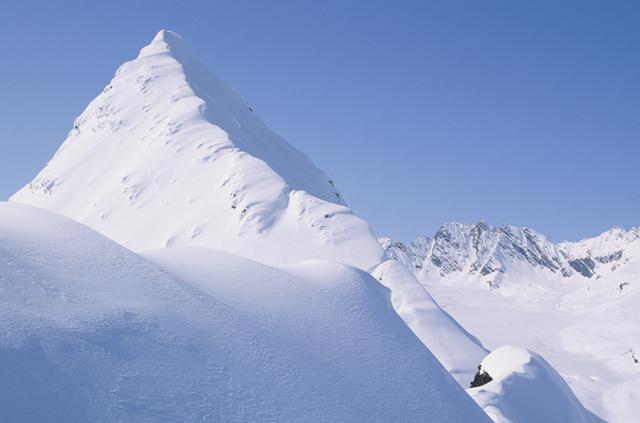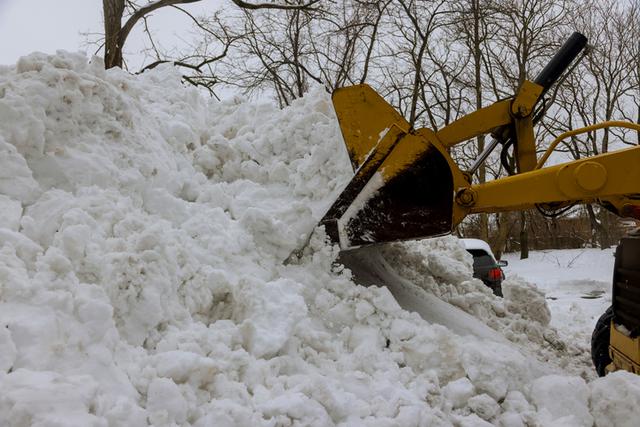With snow in the forecast for Pagosa Country, local officials are gearing up to remove that snow to allow for safer travel.
Following are snow removal guidelines for residents and business owners in the Aspen Springs Metropolitan District:
The District plows about 67 miles of roads in the winter. Snow plowing begins when there are around 4 inches of accumulation or road safety concerns arise.
The time required to clear snow and ice from roads varies depending on the conditions, including the storm intensity and duration, water content of the snow, temperature, traffic conditions and time of day. Because of those reasons, the District may not be able to plow roads at the same time each day or on the day of the storm.
Resident, business owner, and snowplowing contractor responsibilities
It is unlawful to push or throw snow onto or across streets or alleys, or to put snow on any public property or right of way; plowed, shoveled or blown snow must be disposed of on your own property..
Trash carts should be placed in the driveway, a minimum of 5 feet behind the front of the snow berm to minimize the possibility of being knocked over. Trash carts knocked over by snow removal efforts are the resident’s responsibility.
It is the resident’s responsibility to remove the snow berm left from street plowing and trail plowing. Reasonable efforts will be made to minimize the berm left behind.
Types of plowing operations
There are usually two types of snow-removal operations.
The first occurs during the storm and consists of passes with the plows to keep the roads open. This includes clearing a path sufficient for two vehicles to pass and clearing cul-de-sacs enough to allow a vehicle to turn around.
The second performs cleanup and preparation for the next snowfall.
Secondary work begins when the storm subsides and consists of widening the traveled portion of the road, pushing snow back and plowing out wider areas on the roadways.
It may be several days between the first and second plowing.
Driveway and access road snow berms
Snowplowing operations may result in a berm across private driveways or encroachments to county roads. Reasonable efforts will be made to minimize the snow that is deposited in front of driveways, but berm removal is the responsibility of individual property owners.
County personnel also caution property owners to avoid piling snow on the left side of their driveway (as looking from your garage toward the road) to avoid having a larger berm.
Instead, he suggested cutting a notch 3 feet wide from the edge of the road by 30 feet long to minimize the size of the berm left behind by the plow.
Safety concerns
Children playing in the snowbanks left by the plow equipment is a major safety concern. Machines can be pushing back snowbanks at any time. Avoid tragedies and inform your children that building snow caves and playing on the berms is dangerous.
Property owners who create hazards in a public right of way, such as plowing snow off private drives, piling construction materials or timber, or placing trash carts, may be subject to prosecution per state statute.
A property owner may also be liable for any injury attributable to a hazard they have created in a public right of way.
Other information
Parking on county roads during winter inhibits plowing and is prohibited along all county roads and within any county right of way. Vehicles in the roadway during snow-removal operations will be towed at the owner’s expense.
The county’s Model Traffic Code, adopted in recent years, makes it easier to have vehicles towed that are parked on county roads, with the county announcing last year it would more strictly enforce the prohibition.
Do not attempt to stop a snowplow or obstruct its path. Plows must maintain speed for maximum efficiency.
When approaching a snowplow from the rear, follow at a minimum distance of 100 feet, allowing for the scattering of sand and for abrupt movements.
Equipment operators often work long hours under trying conditions; be a courteous and friendly driver around them.
Be patient. Every reasonable effort will be made to keep roadways open, and all available personnel will be on the road during major snowstorms.
Ask permission before moving snow onto a neighbor’s property, snow should remain on your property in almost every case.
Helpful phone numbers
Emergencies: 911.
Archuleta County Combined Dispatch: (970) 731-2160.
Archuleta County Road and Bridge: (970) 264-5660.
Archuleta County Sheriff’s Office: (970) 264-8430.
Aspen Springs Metro District Call Line: (970)731-5656
Road and weather information: (970) 264-5555.

